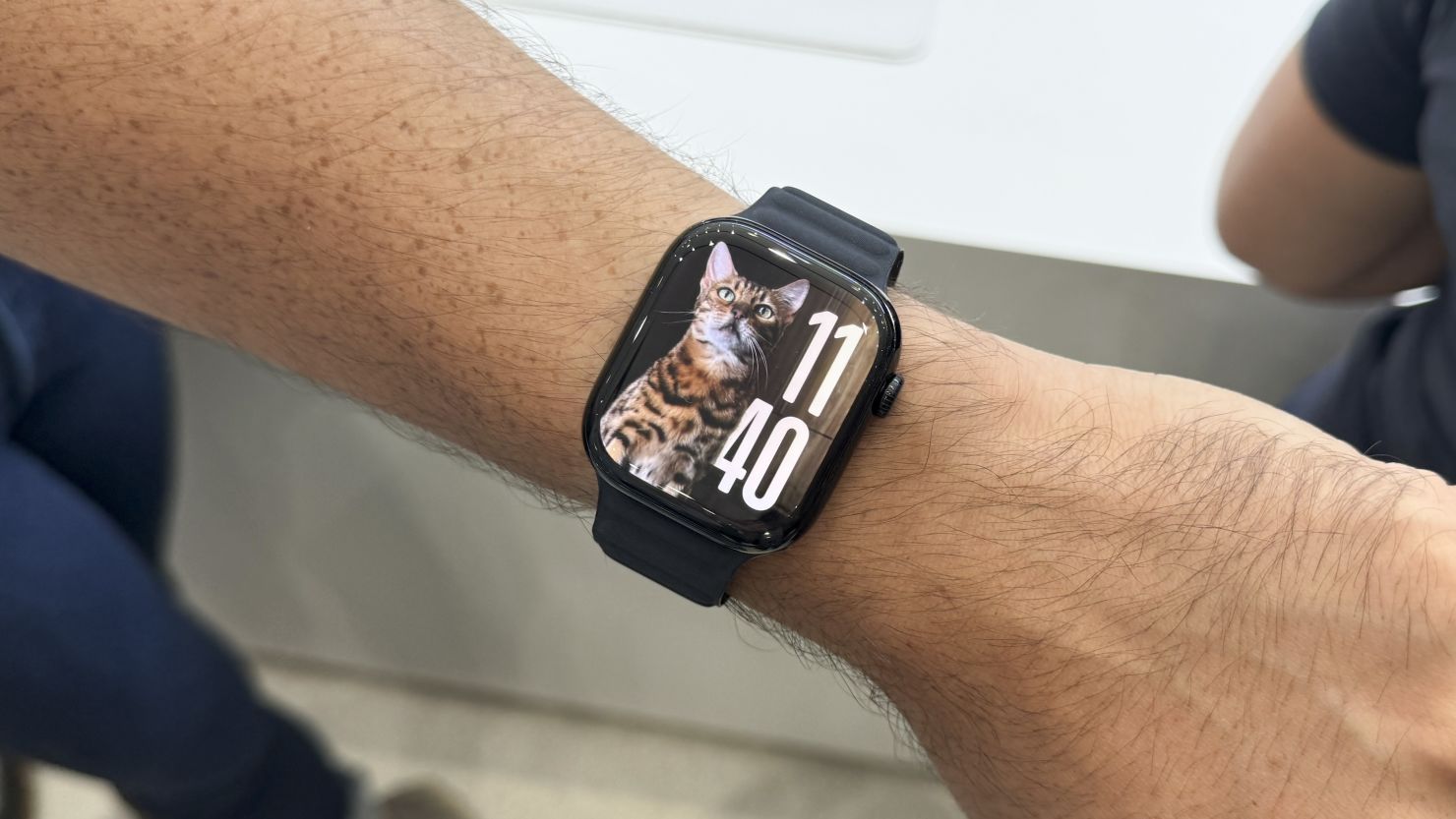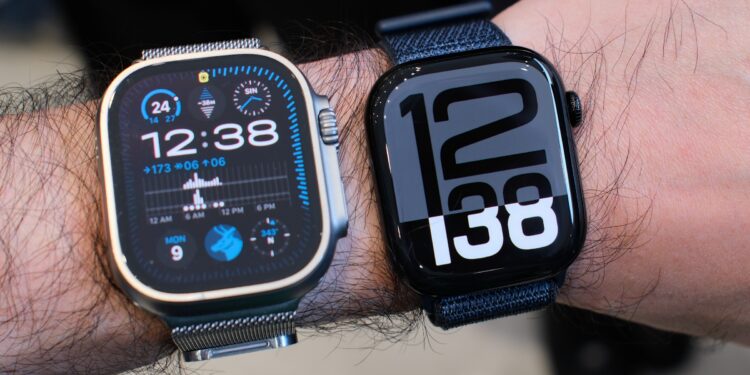The recent launch of the Apple Watch Series 10 has generated a whirlwind of excitement among tech enthusiasts and Apple aficionados. However, a deep dive into the device’s inner workings reveals a different story. iFixit, renowned for its teardown analyses, has unveiled the internal structure of the 46mm version of the smartwatch, and the findings are less than stellar when it comes to repairability.

The Teardown Journey: A Delicate Dissection
iFixit’s teardown video captures the meticulous process of accessing the watch’s interior, which requires a precise method. As the teardown team discovered, gaining entry to the Apple Watch involves exploiting a mere 0.176 mm gap. This minimal opening necessitates a strategic approach—
“pry, pry, pry, and keep on prying”
—after applying heat to loosen the adhesive that seals the device. Such a fragile entry method underscores the complexity and challenges faced when attempting to repair modern smartwatches.
Inside the Watch: Battery and Components
Once inside, the teardown reveals a 327 mAh battery, which, despite its capacity, is overshadowed by the surprisingly large Taptic engine—a component that takes up roughly a third of the battery’s size. This highlights Apple’s focus on enhancing user experience through haptic feedback while compromising the space available for other components.
However, it’s not just the size of the Taptic engine that raises eyebrows; the repairability of the device itself is a significant concern. The battery, held in place by standard adhesive, may not be the most advanced method, but it contributes to the overall difficulty of repairs. Furthermore, the sensors within the watch are particularly challenging to address, complicating any potential maintenance efforts.
Repairability Score: A Dismal 3 Out of 10
The culmination of these findings leads to a disappointing conclusion: the Apple Watch Series 10 has received a repairability score of just 3 out of 10 from iFixit. This score places the watch firmly in the realm of difficult-to-repair devices, with 0 representing the least repairable and 10 being the most easily serviceable. Such a low score raises questions about the long-term sustainability of the device, particularly in an era where consumers are increasingly conscious of repair options and the environmental impact of electronic waste.

Implications for Consumers
As Apple continues to innovate and refine its smartwatch technology, the challenges surrounding repairability cannot be overlooked. While the Series 10 boasts impressive features and enhancements, the inherent design choices limit users’ options for repairs and upgrades. This reality may leave consumers feeling constrained and may affect their purchasing decisions in the long run.
In summary, while the Apple Watch Series 10 showcases cutting-edge technology and design, the teardown by iFixit reveals significant flaws in its repairability. With a score of only 3 out of 10, potential buyers should weigh the aesthetic and functional benefits against the practical limitations of repair options. As the conversation around sustainability and electronic repairs continues to evolve, Apple may need to rethink its approach to design and accessibility to better meet consumer expectations.

This teardown serves as a reminder that while innovation drives the tech industry forward, the path to sustainability requires an equal focus on repairability and user empowerment. The Apple Watch Series 10 is undoubtedly a remarkable device, but its delicate nature may leave some users longing for a more repair-friendly future.










